Over 10, 000 Attend Music Festivals in Sibenik In 2020 - Zero Infections
September 22, 2020 - For six consecutive weeks this summer, the Martinska venue alone welcomed over 10, 000 international visitors to its music festivals in Sibenik. Zero cases of Coronavirus occurred.
Over recent years, three things have firmly placed Croatia on the international stage – Game Of Thrones, the World Cup and music festivals. Running for over a decade now, music festivals are the oldest of these. They have elevated places like Pula and Tisno to become among the most-Googled destinations in the country.
So popular now are Croatia music festivals, that many say the summer season of music festivals in Croatia has supplanted the famous hedonistic holidays of Ibiza as the hippest place to go. Incredible disappointment was therefore felt by tens of thousands of expectant party people earlier this year when most of the international Croatia music festivals decided to cancel their 2020 events. They did so in response to the Coronavirus pandemic.
One venue stood alone – Martinska, a 20-year-old site for music festivals in Sibenik. Over six consecutive weeks, all of their 2020 festivals took place. They did so under strict adherence to epidemiological guidelines. And, following a wait of two weeks after the final event (to cover any potential Coronavirus incubation period), site organisers Pozitivan Ritam have released their results - zero cases of Coronavirus.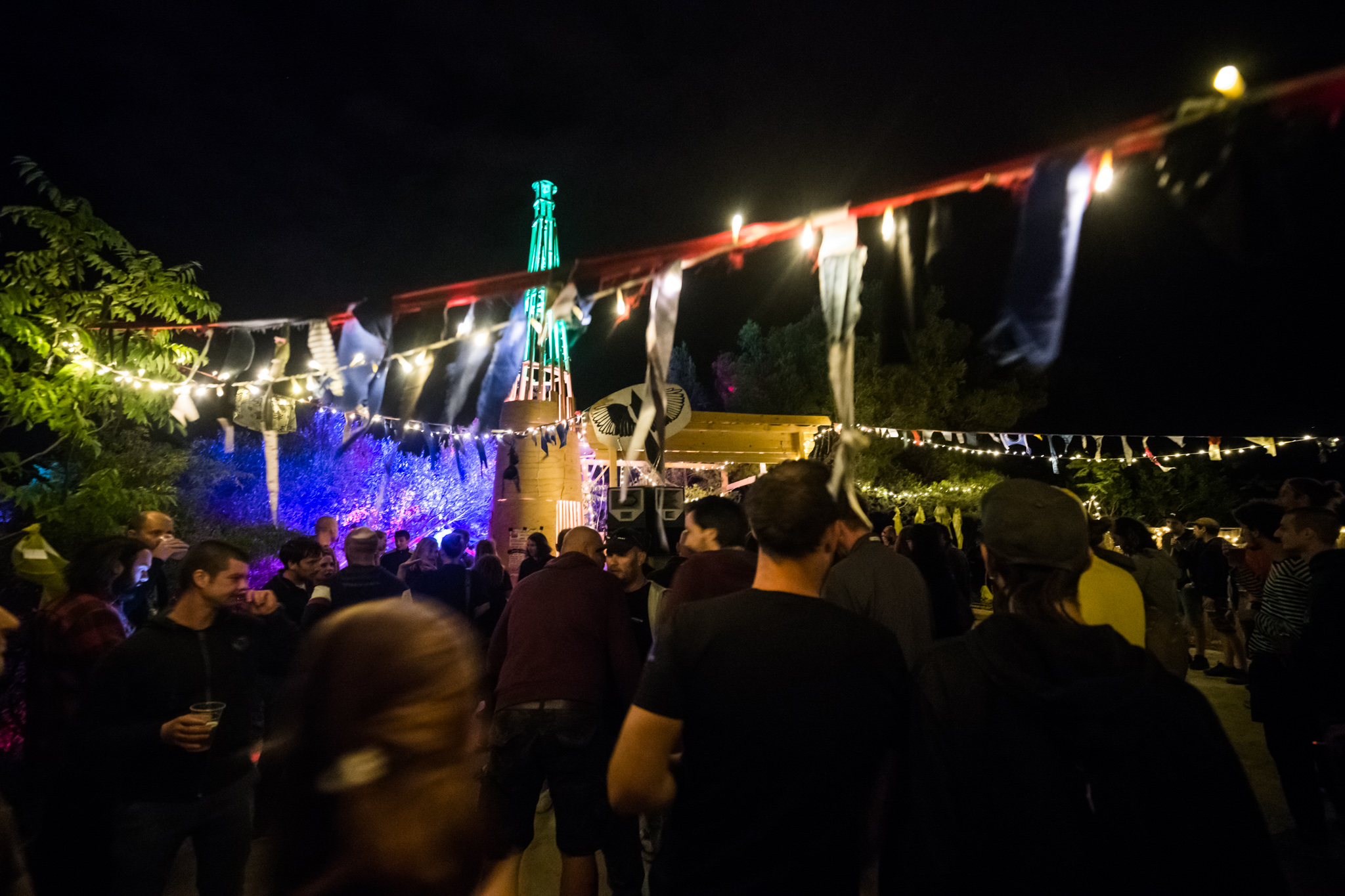
“It's not only the five festivals and one concert event that we did,” Pozitivan Ritam director Vedran Meniga told TCN, “The Fortress of Culture in Sibenik had more than 30 events this summer and Project Vojarna in Sibenik had two parties this year with over 4000 people. On one RTL television show, they described Sibenik as the Croatian Wuhan when 3000 people were in the town for one techno party there. But, at the end of the season, none of these events resulted in a single Coronavirus infection. Not one.”
Following a successful lockdown earlier in the year, cases of Coronavirus were limited in Croatia at the start of the season. Yet, some were understandably hesitant to come. Music festivals in Sibenik still managed to attract visitors from Britain, France, the Netherlands, Belgium and Germany to Martinska. Even after the middle of August when cases began to appear in other regions and international visitor numbers dried up, the festival site was still busy with Croatians and partygoers from near-neighbouring countries. At the end of August, there were no more than five infected persons in Sibenik. None were music festival or music event attendees. Throughout much of the summer, Sibenik recorded zero cases.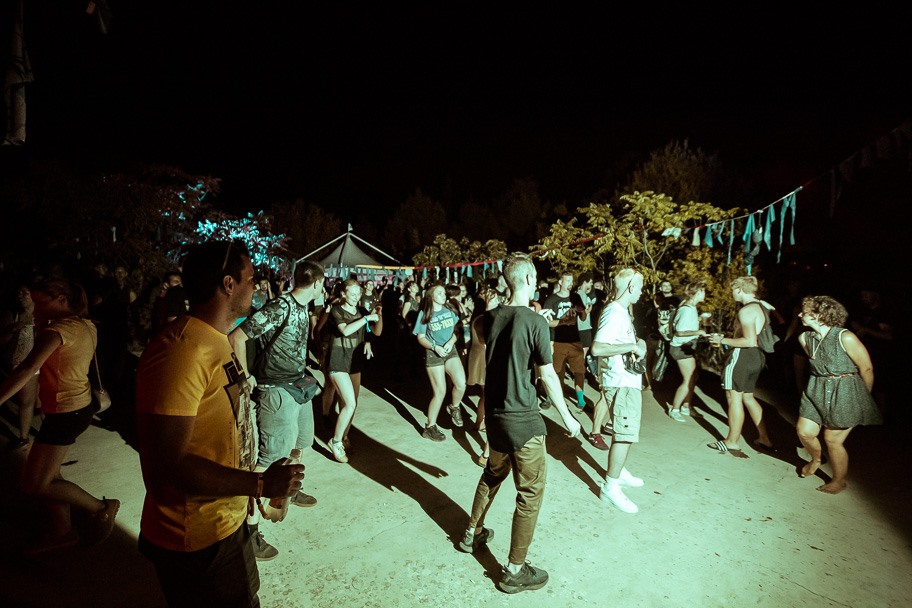
“The music festivals in Sibenik are proof that it's possible to work doing events during the era of Corona,” Meniga tells TCN. “Of course, all of our events were open-air and no doubt that helped.”
"When cases started to reappear elsewhere at the end of July, I went to the civil authorities and epidemiologists immediately, before they came to us,” says Vedran. “The civil authorities and the police grant the license for the events. I presented them with a plan and they were satisfied. They allowed us to continue.”
“It helped that Martinska is across the bay from Sibenik. Festival attendees don't even need to go into the town to come, they drive here straight from the Magistrala (Croatian coastal highway). Also, Martinska's capacity is five times bigger than the numbers we were going to cater for. The site can accommodate six to seven thousand. We expected no more than 1500 daily. That was more than enough space to maintain physical distance. We carefully took all contact details for each attendee at the entrance, in case something appeared and we (or authorities) had to later contact people. We also took everyone's temperature. And in addition to the required epidemiological sanitization, we also installed disinfectant pillars at every single point where money or goods exchanged hands. All our staff wore not only masks but also gloves. Four times the civil authorities made surprise visits to the site for inspection along with epidemiologists and police. Each time they were completely satisfied.”
Current forecasts for the Coronavirus response predict that a vaccine will not be available to cover everyone until the autumn of 2021. This has serious implications for at least one more tourist season. Yet, with the incredible achievements seen this summer at Martinska's music festivals in Sibenik, we can all take hope that events, tourism, and even life itself may continue to be enjoyed in the near future, as long as we're all smart about it.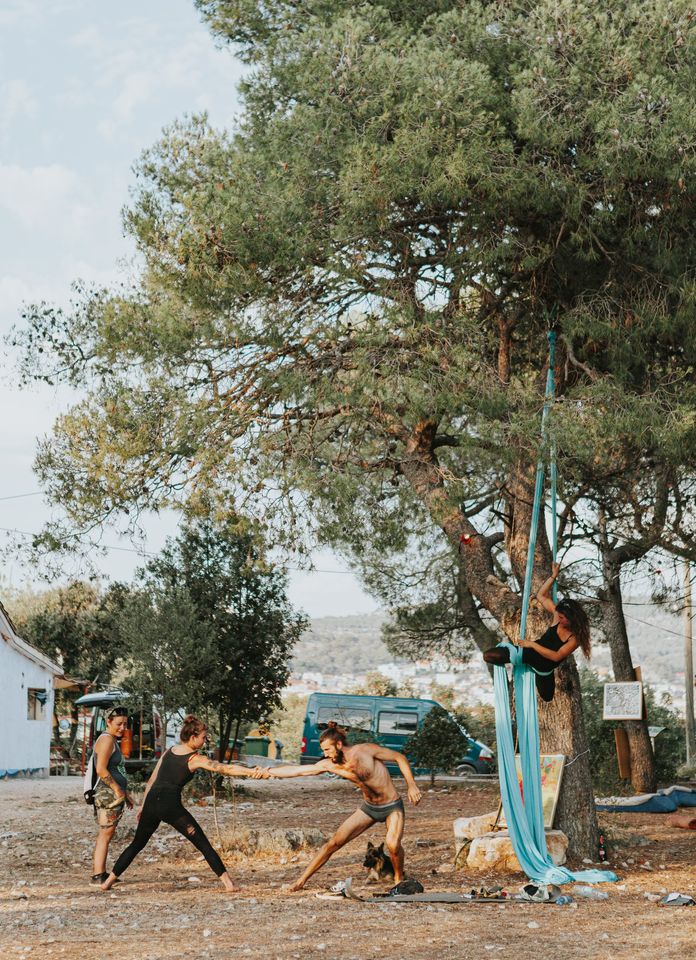
All photos 2020 Martinska © Seasplash / Pozitivan Ritam.
For the latest travel info, bookmark our main travel info article, which is updated daily.
Read the Croatian Travel Update in your language - now available in 24 languages
Six of the Best! Croatian Protected Produce On Sale in China
September 18, 2020 – Six items of Croatian protected produce are among the 100 European items to go on sale in China
Six items of Croatian protected produce are among the 100 European items to go on sale in China. In a reciprocal deal, 100 Chinese products will also be recognised and recommended on the European market.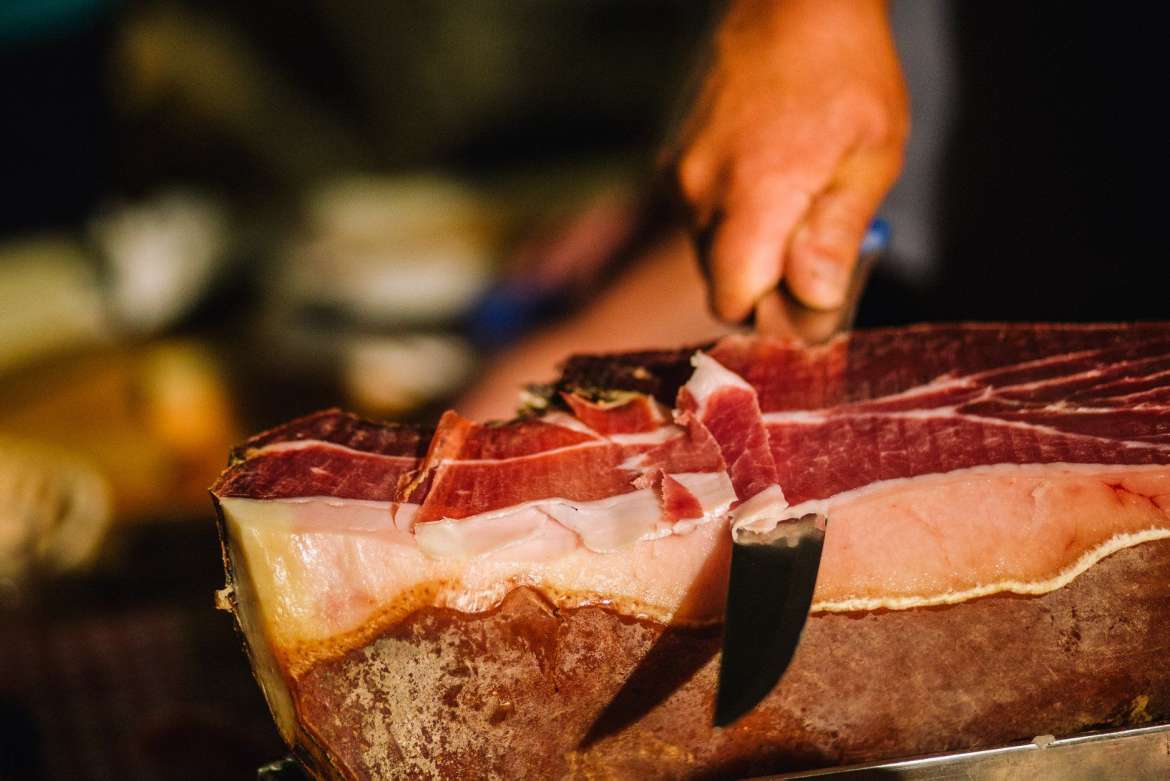 Dalmatian prosciutto © TZ Vrgorac
Dalmatian prosciutto © TZ Vrgorac
Baranja kulen, Dalmatian prosciutto, Drniš prosciutto, Lika potatoes, Dingač wine and Neretva mandarins are the premium six Croatian protected produce chosen to be among the European 100. All of the Croatian protected produce is already recognised at a national and at an EU-level and designated its status based on its unique place of origin. Dingač wine © Silverije
Dingač wine © Silverije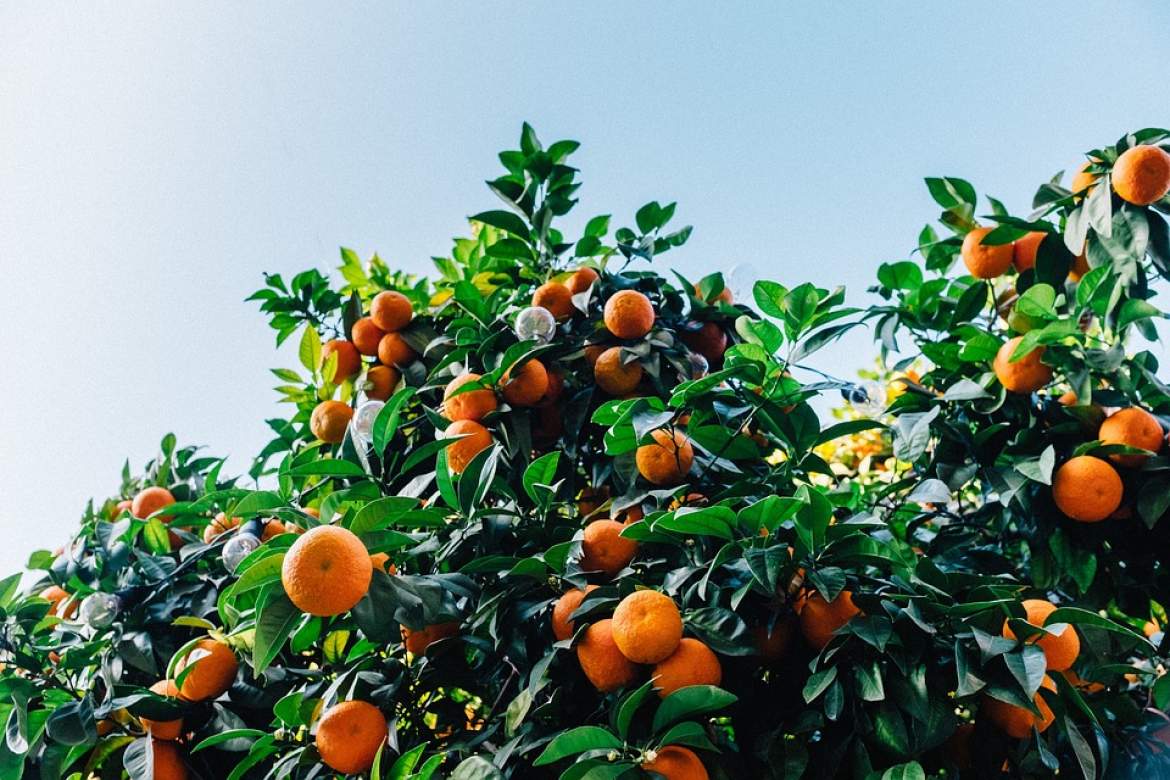 Neretva Mandarins
Neretva Mandarins
The European products will be specially marked and receive special privileges when they go on sale in China. Alongside the Croatian protected produce, other items on the European list are French champagne, Greek feta cheese, Italian Parma prosciutto, Italian mozzarella, Irish whiskey and Portuguese port. On the Chinese list of products are distinct varieties of rice, bean and vegetable products, some of which will already be popular with Europeans who eat or cook Chinese cuisine.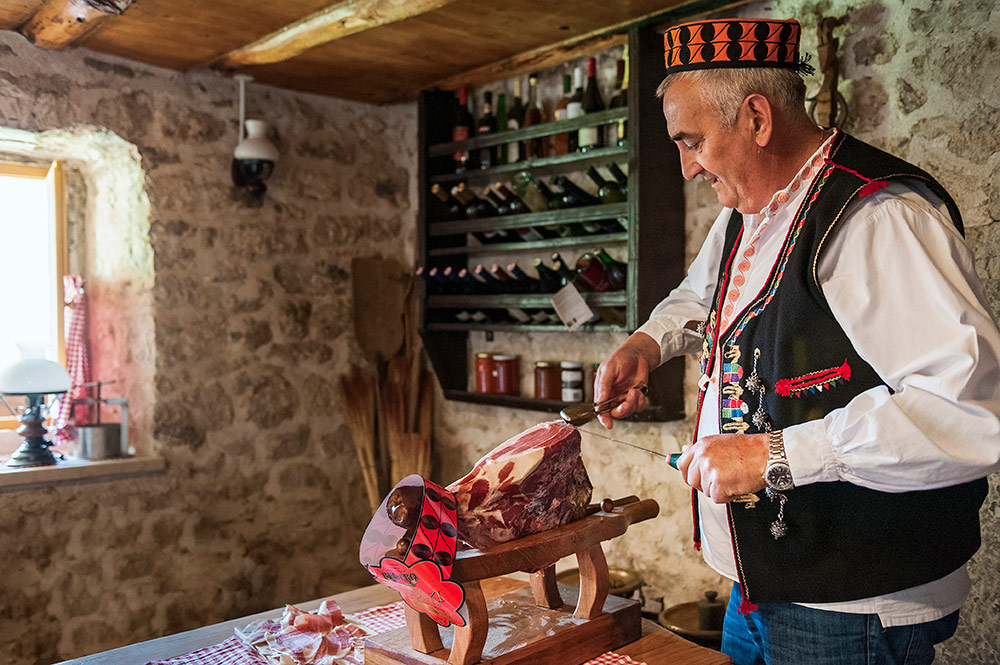 Drniš prosciutto © Tourist Board of Drniš
Drniš prosciutto © Tourist Board of Drniš
The full list of Croatian produce protected at an EU-level currently includes Istrian olive oil, Dalmatian prosciutto, Pag cheese, Lika lamb, Poljički Soparnik, Zagorje turkey, Korčula olive oil, Istrian prosciutto, Sour cabbage from Ogulin, Neretva mandarins, Slavonian honey, Drniš prosciutto, Cres olive oil, Pag salt, Baranja kulen, Bjelovarski kvargl, Varaždin cabbage, Pag lamb, Šolta olive oil, Meso 'z tiblice, Zagorje mlinci, Krk prosciutto, Lika potatoes, Slavonian kulen, Krk olive oil.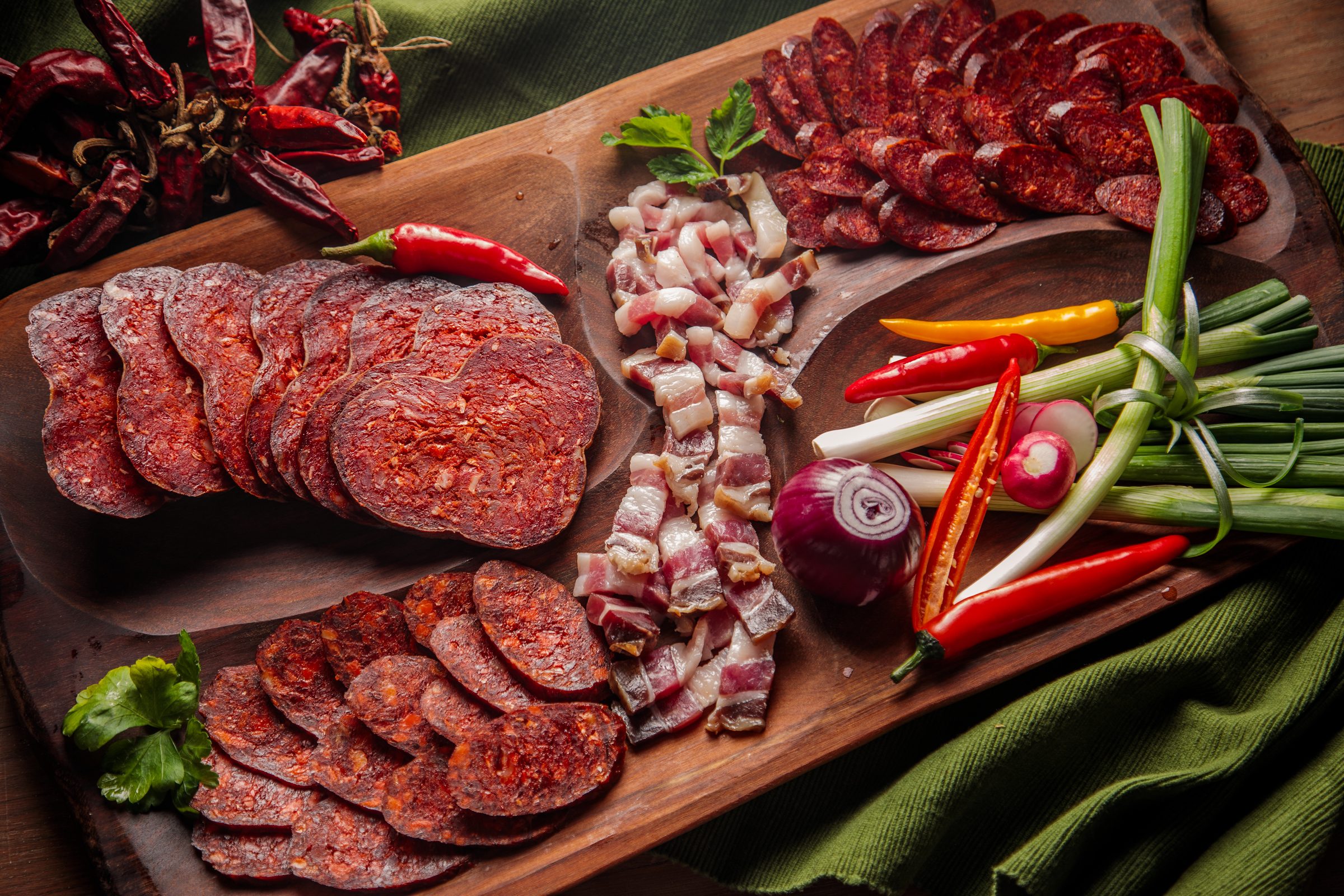 Baranja kulen, featured within a traditional Slavonian platter © Romulić & Stojčić
Baranja kulen, featured within a traditional Slavonian platter © Romulić & Stojčić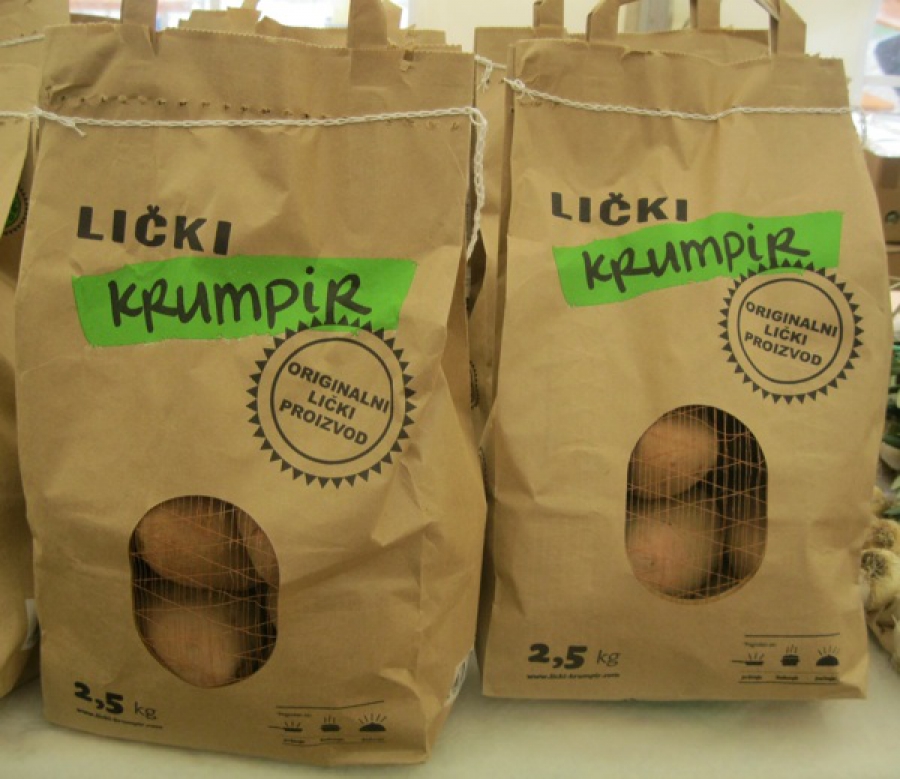 Lika Potatoes
Lika Potatoes
For the latest travel info, bookmark our main travel info article, which is updated daily.
Read the Croatian Travel Update in your language - now available in 24 languages
Fire Update: After 30 Hours, Fire in Šibenik Area Under Control
Just after 1:30 pm on Saturday, a fire broke out in the Dubrava area near Šibenik which at one point had 200 firefighters on the ground, up to six Canadairs, and forced motorway closures in the area. The strong southern wind (jugo) made it difficult for firefighters to fight the blaze, which burned over one kilometer.
It was the first time the Croatian Army's ground forces have been engaged in this year's firefighting season and was named the biggest fire in Croatia this year.
Despite the efforts of the forces on the ground and in the air, on Sunday morning, the fire is not yet under control. According to Šibenikski.portal, the fire has spread to Bilice. Volimir Milošević, commander of JVP Šibenik, two canadairs and two air tractors arrived early Sunday morning.
“It came to the hamlet of Slavica in Bilice. At one point, it moved to Grubišić, but we managed to put it out. Apart from Mihaljević and Jurasi, part of the fire spread to the Krtolin hill to the windmills,” says Milošević.
The good news is that the heroism of the firefighters managed to prevent damage to the facilities, but the fire has spread in several directions.
"With regard to the condition of the fire two hours ago, it is better now, but it is still bad. The Canadairs will work on the edges, however, the surface is large and the jugo wind creates problems because it sporadically sparks a new fire in certain locations," added the JVP Šibenik commander.
The county firefighter commander Damir Dukić said that there was no classic evacuation, but that the police were with residents beside their homes while firefighters fought to save the buildings.
"The situation is much better than last night. It is a bit weaker,” Dukić continued.
He too warned that the fire covered a large area and that it was hard to predict what would happen since it is burning through a thick pine forest.
"These are hills, they are tall pines, so we just have to be careful," Dukić said. He added that the motorway was open for all traffic after the fire forced road closures between Pirovac and Vrpolje on Saturday.
About 230 people worked to fight the fire overnight, and the firefighting teams and Croatian Army were joined by their Zadar associates.
For the latest updates on Croatia's roads, check the HAK website.
Index.hr reported that four firefighters were injured in the blaze, according to Chief Fireman Slavko Tucaković, who described the situation as "quite difficult".
"We had two injured firefighters yesterday - one had a knee injury and another inhaled smoke. They were transported to the hospital and they are well," he said. Overnight, another two firefighters were injured. One suffered from a hand injury, and the other from inhaling smoke.
Tucaković confirmed that they all received help and are well.
Two Canadairs and air tractors resumed work since the early hours of the morning, and overnight there were 50 members of the Croatian Army troop forces engaged who were sent pn Saturday from the barracks in Benkovac, which will replace 52 soldiers from the barracks Knin and Sinj. On Saturday, air forces with a total of seven planes continued for more than six hours to put out the fires in Šibenik-Knin county, totaling more than 30 hours and about 1200 tons of water, MORH said.
Just before 9 am Sunday morning, rain fell in the Šibenik area, and around 9:18 am, Zagreb firefighters left to help fight the Šibenik blaze.
9:27 am Sunday morning: ”We are hoping for an hour-long heavy rainfall that could extinguish this fire, otherwise we will have to stay on the ground. Anyway, people are on the ground no matter what until everything is completely out,” said the Commander of the Public Fire Brigade of Šibenik, Volimir Milošević. The air forces returned to their bases in Split and Zadar due to the weather.
Chief firefighter Slavko Tucaković said at 10 am on Sunday that the situation on the ground is now stable.
"We maybe already could have declared the fire localized, and now, in relation to what it was, everything is under control. With the tremendous efforts of firefighters, army, and citizens, with a great joint effort, we have come to the conclusion, and I would certainly commend the county firefighter Darko Dukić who coordinated this great action,” said commander Slavko Tucaković.
Tucaković visited the scene this morning with Interior Minister Davor Božinović, who also expressed his satisfaction with the work of all the agencies, as well as the local self-government units and the citizens who contributed in the fight.
"Although the situation was already under control, the heavy rain that came this morning was just what we needed, so we stopped the help from the interior because there is no need for it. Now we are actually slowly releasing people and reorganizing the forces on the ground,” Tucaković explained.
To read more about news in Croatia, follow TCN's dedicated page.


